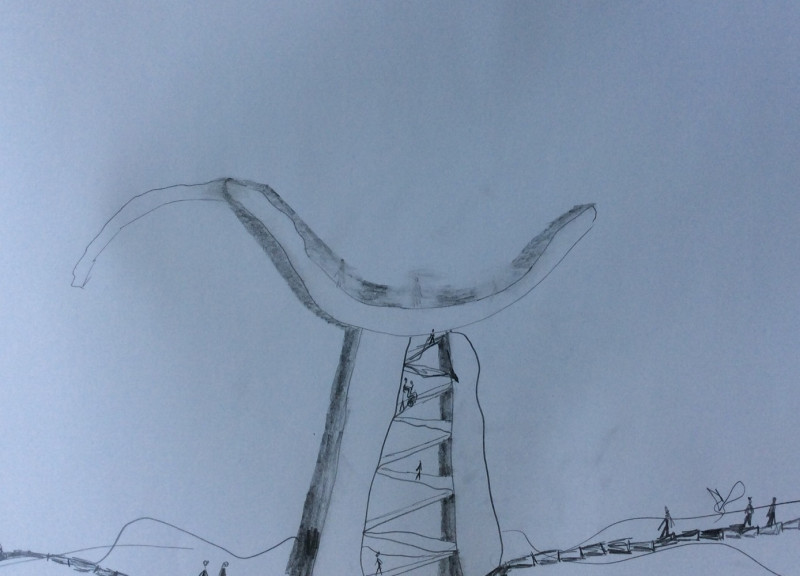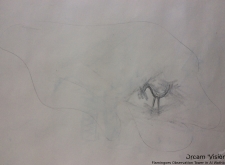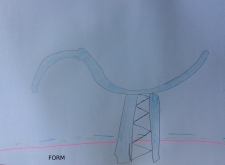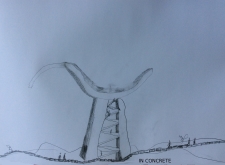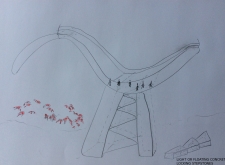5 key facts about this project
The Flamingoes Observation Tower in Al Wathba serves as a platform for observing wildlife, particularly flamingoes, in their natural setting. Designed to enhance visitor engagement with the environment, it reflects a vision of connecting architecture to nature. The tower allows people to experience and appreciate the local ecosystem, making it an educational space that promotes understanding and observation.
Design Concept
At its core, the design emphasizes a close relationship with the environment. The tower’s structure is thoughtfully planned to respect its surroundings. It carefully considers how visitors will move and view the landscape, enhancing both accessibility and engagement. The aim is to create a space where visitors feel part of the natural world rather than separate from it.
Material Selection
Light or floating concrete is a distinctive aspect of the tower’s design. This material allows for a lighter appearance, which reduces the tower’s visual weight on the landscape. Its use aligns with a commitment to sustainability, seeking to lessen the environmental impact typically associated with larger structures. The choice of material supports not only the architectural integrity but also a visual connection to the surrounding area.
User Experience
The design includes locking stepstones that guide visitors throughout the site. These elements encourage movement while emphasizing interaction with the natural habitat. They ensure that as people explore, they remain engaged with the environment around them. Visitors are invited to discover various vantage points and learn more about the ecosystem.
The tower features elevated platforms, granting clear views of the marshlands. This design allows visitors to immerse themselves in the scenery and appreciate the beauty of the local wildlife. The arrangement fosters a deep sense of connection to the environment, highlighting the importance of preserving and understanding the natural world.


